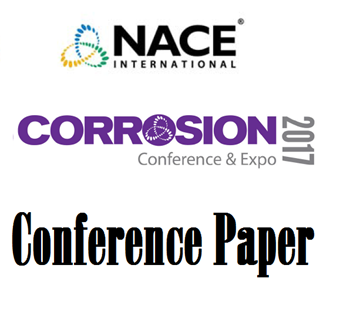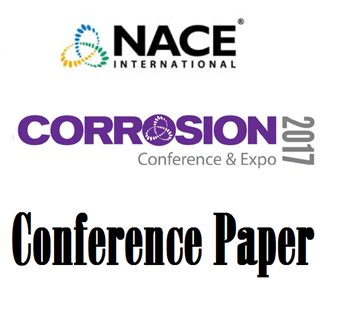Search
Measurement of surface hydrogen concentration of steels in concreate with electrochemical hydrogen permeation method
Also Purchased
06162 DESIGNING CATHODIC PROTECTION SYSTEM UNDER THE INFLUENCE OF HIGH VOLTAGE AC INTERFERENCE
Product Number:
51300-06162-SG
ISBN:
06162 2006 CP
$20.00
Investigation of Hydrogen Embrittlement of High Strength Pipeline Steels Under Cathodic Protection
Product Number:
51317--9255-SG
ISBN:
9255 2017 CP
Publication Date:
2017
$20.00
Role of Hydrogen in Intergranular Corrosion of AA2024 Aluminium Alloy: An AFM-KFM Study
Product Number:
51317--9464-SG
ISBN:
9464 2017 CP
Publication Date:
2017
$20.00




